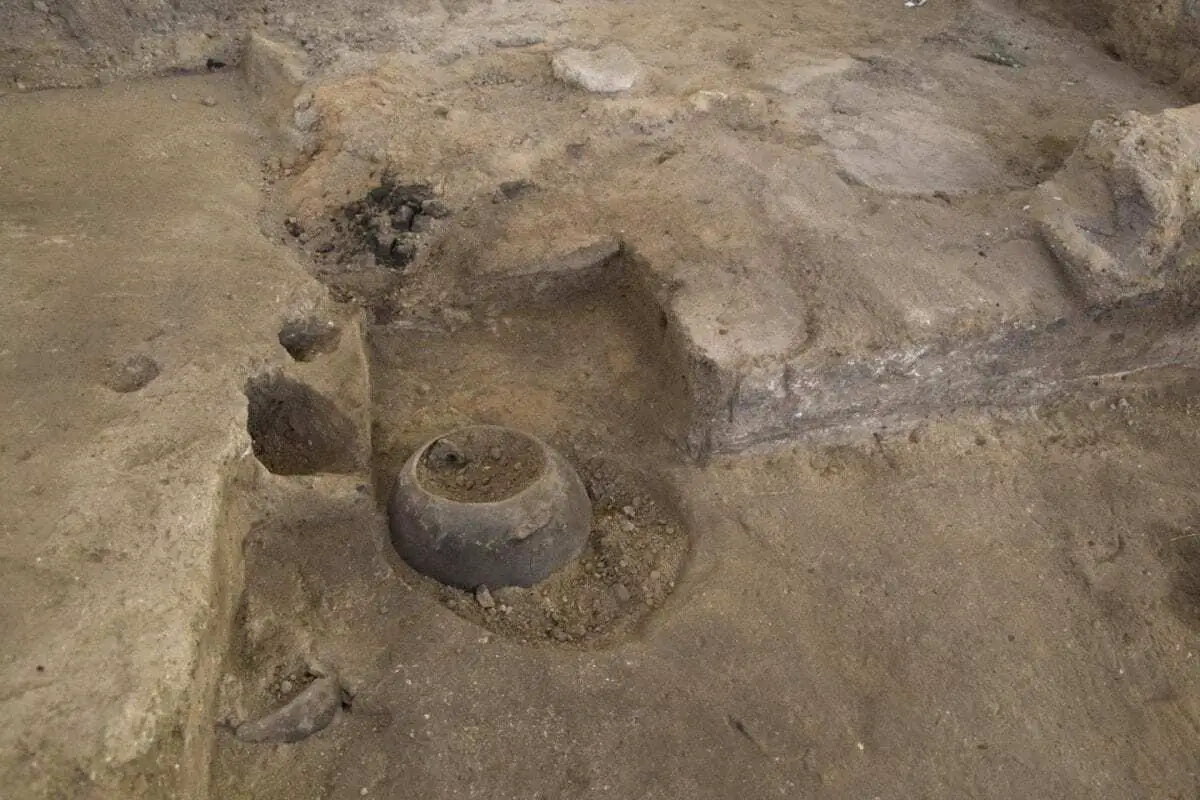Research led by the University of Bristol has uncovered evidence that early farmers were adapting to climate change 8,200 years ago.
The study, published today in the journal Proceedings of the National Academy of Sciences of the United States of America(PNAS), centred on the Neolithic and Chalcolithic city settlement of Çatalhöyük in southern Anatolia, Turkey which existed from approximately 7500 BC to 5700 BC.
During the height of the city’s occupation a well-documented climate change event 8,200 years ago occurred which resulted in a sudden decrease in global temperatures caused by the release of a huge amount of glacial meltwater from a massive freshwater lake in northern Canada.
Examining the animal bones excavated at the site, scientists concluded that the herders of the city turned towards sheep and goats at this time, as these animals were more drought-resistant than cattle. Study of cut marks on the animal bones informed on butchery practices: the high number of such marks at the time of the climate event showed that the population worked on exploiting any available meat due to food scarcity.
The authors also examined the animal fats surviving in ancient cooking pots. They detected the presence of ruminant carcass fats, consistent with the animal bone assemblage discovered at Çatalhöyük. For the first time, compounds from animal fats detected in pottery were shown to carry evidence for the climate event in their isotopic composition.
Indeed, using the “you are what you eat (and drink)” principle, the scientists deducted that the isotopic information carried in the hydrogen atoms (deuterium to hydrogen ratio) from the animal fats was reflecting that of ancient precipitation. A change in the hydrogen signal was detected in the period corresponding to the climate event, thus suggesting changes in precipitation patterns at the site at that time.
The paper brings together researchers from the University of Bristol’s Organic Geochemistry Unit (School of Chemistry) and the Bristol Research Initiative for the Dynamic Global Environment (School of Geographical Sciences).
Co-authors of the paper include archaeologists and archaeozoologists involved in the excavations and the study of the pottery and animal bones from the site.
Dr Mélanie Roffet-Salque, lead author of the paper, said: “Changes in precipitation patterns in the past are traditionally obtained using ocean or lake sediment cores.
“This is the first time that such information is derived from cooking pots. We have used the signal carried by the hydrogen atoms from the animal fats trapped in the pottery vessels after cooking.
“This opens up a completely new avenue of investigation – the reconstruction of past climate at the very location where people lived using pottery.”
Co-author, Professor Richard Evershed, added: “It is really significant that the climate models of the event are in complete agreement with the H signals we see in the animal fats preserved in the pots.
“The models point to seasonal changes farmers would have had to adapt to – overall colder temperatures and drier summers – which would have had inevitable impacts on agriculture.”
Header Image – In situ pottery at the archaeological site of Çatalhöyük. Credit : Çatalhöyük Research Project.







